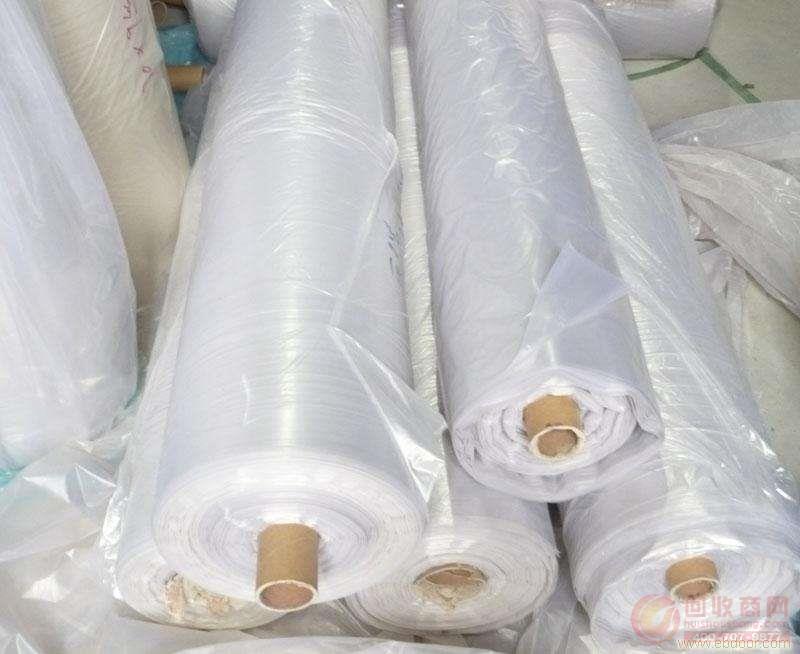The aging of polyvinyl chloride is very serious. How to prevent it from aging and prolong its service life has become an important issue. The so-called anti-aging is not to prevent the PVC film from aging, but to improve its anti-aging properties and extend its service life. The movement of all matter in the universe is mutually restrained and mutually influential. Since there are factors that cause the PVC film to age, there are bound to be measures to prevent aging. Since the beginning of industrial production of PVC Plastics, people have done a lot of work to improve the low temperature and anti-aging properties of PVC film through production struggle and a large number of scientific experiments. Many solutions have been proposed and many low temperature and anti-aging properties have been synthesized. Stabilizers and plasticizers have created favorable conditions for improving the low temperature and anti-aging properties of PVC film. The aging of polyvinyl chloride film is as described above, mainly depending on the composition of the polyvinyl chloride resin itself, the structure and the stabilizers, plasticizers added, etc., as well as the external conditions during processing and use, such as heat and light. , oxygen and water are related. Factors such as resin structure affected by polymerization are not discussed in this book. In order to improve the low temperature and anti-aging performance, it needs to be done from several aspects: 1 design of the formula - mainly the selection, dosage and ratio of additives; 2 process determination; 8 use, maintenance and storage, etc., the choice of additives is particularly important. In order to prevent the aging effects of heat, light, oxygen and water on the polyvinyl chloride, it is necessary to add a stabilizer, and there are many kinds of stabilizers, such as a heat stabilizer, an antioxidant, a light stabilizer, a chelating agent and the like. The properties and mechanism of action of these additives are different. Therefore, in the selection, it is necessary to understand and master the properties, dosage and mechanism of various stabilizers and plasticizers. Dyrect Dyes are Direct Dyes applicable to cotton, Paper, Leather, rayon and linen, with good light fastness. Direct or substantive dyeing is normally carried out in a neutral or slightly alkaline dyebath, at or near boiling point, with the addition of either sodium chloride (NaCl) or sodium sulfate (Na2SO4) or sodium carbonate (Na2CO3). Direct Dyes Direct Dyes, Direct Blue Dye, Direct Red Dye, Direct Yellow Dye Dynasty Chemicals (NingBo) Co., Ltd. , https://www.dychemco.com